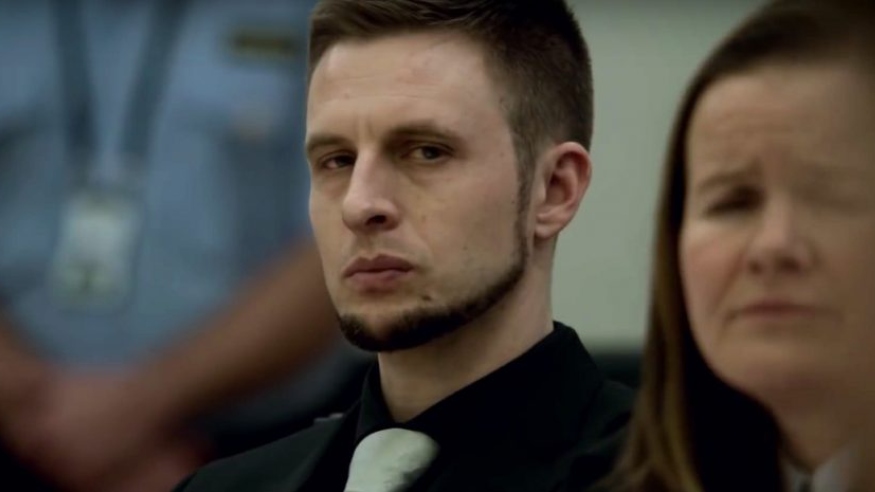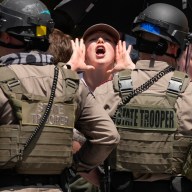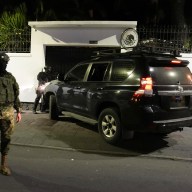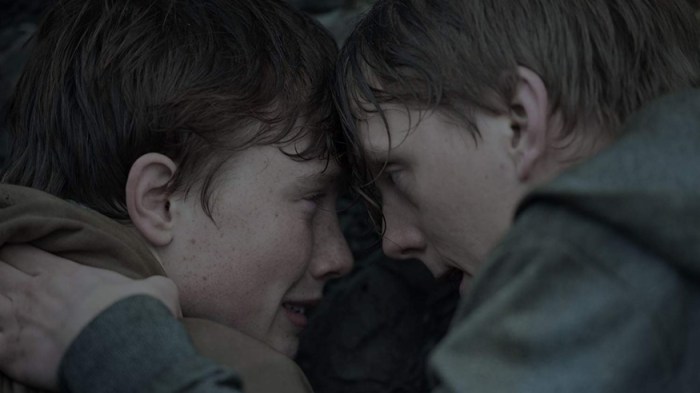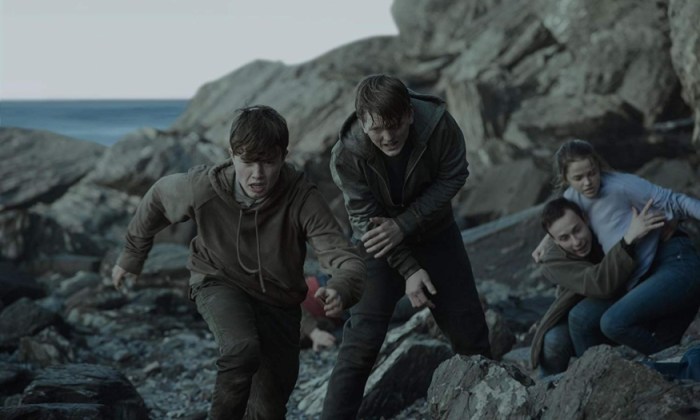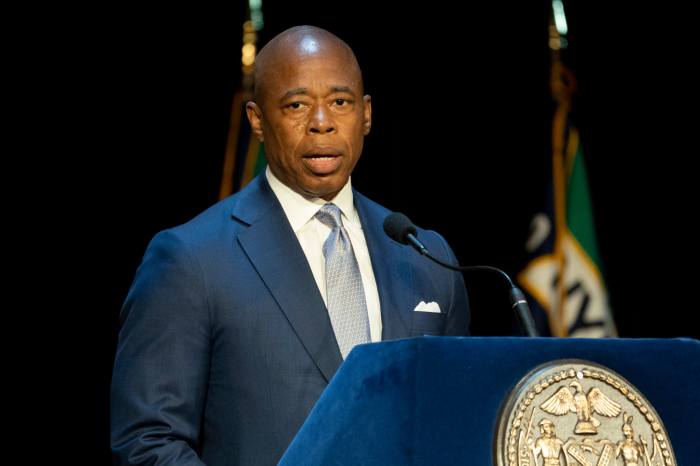Anders Danielsen Lie was always aware of the preparation and the mental toil that playing Anders Breivik, the mass murderer who killed 77 people across Oslo, Norway, on 22 July, 2011, would require.
So much so that Lie recently admitted to me that it took him a few weeks to actually agree to the part.
“It was a huge responsibility. I had to be absolute certain that I could create a character that was believable. I would never have done it if I didn’t feel like I could do it. “
“I knew that it was going to be a huge research job. It took me a while to reflect on how this could effect me. If I was capable of making a truthful and responsible portrait, and that was the most important thing.”
Lie ultimately signed up, citing the Oscar nominated talents of writer and director Paul Greengrass as the main reason.
But at that point he had to then do a deep dive into the dark and murderous mind of Breivik, who is currently in prison in Norway for his heinous crimes, during which time his biggest take away was just how “frighteningly normal” he was.
“He is a slightly idiosyncratic character. A lot of that is in his way of talking and the words that he uses. I couldn’t actually use that because we were shooting in English and a lot of it was Norwegian idiomatic. So it was hard to use that.”
“He is an awkward person in many, many ways. But he is also frighteningly normal in many other respects. When you watch him in an interrogation that is perhaps the most striking feature. That he comes across as fairly normal.”
“It is actually quite disturbing to watch a person, when you know what he has done, and he is so ordinary and normal. It is very disturbing.”
“I was trying to analyze my reaction to that. Because I think we have a tendency to mystify evil people. We want them to be monsters. We don’t want them to be human beings. We don’t want to be apart of us. I think that is what was going on psychologically.”
“So it was important to me not to portray him as a monster. I really wanted to show that he was also a human being, and a quite normal human being in many aspects.”
“But in that sense he also has psychology traits that deeply pathological. He has a total lack of compassion and emotional empathy for the victims. He also has narcissistic traits. So he is not completely normal. But in many ways he is.”
Ultimately, Lie watched most of the nearly 200 hours worth of interrogation footage between Breivik and the police after the events, all of which helped to form and build the character.
“I found out that he is quite emotionally detached. There was not much anger. Not much sadness. He can be joking sometimes, but there was no strong emotions.”
“That was an important thing to use. For some scenes in this movie there was an equivalent, for example there was an interrogation or a transcript of an interrogation that I could use as a basis.”
“For many other scenes I didn’t have an equivalent. So then I had to extrapolate everything I knew from the other situations and imagine how the scene would have played out.”
“22 July” is released on Netflix on October 10, while you can read further tidbits from my interview with Lie below.
How did you get involved in “22 July”?
I got a call from a Norwegian casting director who was working on the film. I already knew about the film, but I never thought I would be a likely candidate for this role. I was a little bit caught by surprise. Obviously it is not the kind of role you are dreaming of doing. But I was familiar with Paul’s previous films. I knew he could pull this off. When I read the script it felt like a very important film. I was in doubt, though. I discussed it with my family and friends. It took me a couple of weeks to decide to do it.
What was your research process for building your version of Breivik?
I started out by reading the most important books that have been written on these events. I read a lot of the forensic psychiatric reports and the court transcripts. There is also an official enquiry. That’s where I started. The real game changer was watching filmed interrogations with the terrorist. There is almost 200 hours worth of footage. I haven’t watched all of it. But I have watched a lot of it. That turned out to be the most important source of research for building the character.
Was there a breakthrough moment?
I had many such moments. I think what is important when you do research. Especially when you watch footage of a real person. You want to study their body language, find out how they frame, you want to study everything. You want to find out how emotional they can be. What is their emotional repertoire so to speak. I found out that he is quite emotionally detached. There was not much anger. Not much sadness. He can be joking sometimes, but there was no strong emotions. That was an important thing to use. For some scenes in this movie there was an equivalent, for example there was an interrogation or a transcript of an interrogation that I could use as a basis. For many other scenes I didn’t have an equivalent. So then I had to extrapolate everything I knew from the other situations and imagine how the scene would have played out.
Did you speak to anyone close to Breivik?
I spoken to people who have spent much time with him. I also tried to schedule a meeting with him in prison. But he declined. He didn’t give a reason. I haven’t spoken to him directly, just with his lawyer.

